EEG Signal Classification for Multitasking Motor Imagery Using Multi-Layer Time-Varying Functional Brain Network Features
DOI: 10.23977/jeis.2024.090312 | Downloads: 27 | Views: 1236
Author(s)
Hongzhen Ruan 1
Affiliation(s)
1 Department of Biomedical Engineering, Shantou University, Shantou, China
Corresponding Author
Hongzhen RuanABSTRACT
Existing research methods for recognizing EEG (Electroencephalogram) signals in motor imagery (MI) often overlook the dynamic changes of brain networks over time, resulting in insufficient classification accuracy for MI tasks. This article addresses the recognition problem of dynamic changes in brain networks during MI tasks and applies an EEG signal classification method based on multi-layer time-varying functional brain networks. This article uses the BCI (Brain-Computer Interface) Competition IV 2a dataset to preprocess the raw EEG signals through bandpass filtering and CSP (Common Spatial Pattern) algorithm. The EEG signals of the MI task are divided into 7 1-second time windows with a step size of 0.5 seconds. Within each time window, Pearson correlation coefficients between EEG channels can be calculated to generate corresponding brain networks, and multiple time-varying functional brain networks can be constructed by stacking the brain networks from multiple time windows. The network topology features, node degree, clustering coefficient, network efficiency, and multi-layer network features of each window can be extracted, including Multiplex Clustering Coefficient (MCC), Multiplex Participation Coefficient (MPC), and inter layer correlation coefficient. By dividing the dataset through 10 fold cross validation, the random forest algorithm can be used to classify and recognize four types of motion imagination tasks. The experimental results show that the average recognition rate of the article’s method in four types of MI tasks reached 89.19%. This method can improve the classification accuracy of MI tasks and enhance a comprehensive understanding of the dynamic changes in brain networks during the process of MI.
KEYWORDS
Multitasking Motor Imagery, Electroencephalogram Signals, Multi-Layer Time-Varying Functional Brain Networks, Core Brain NetworksCITE THIS PAPER
Hongzhen Ruan, EEG Signal Classification for Multitasking Motor Imagery Using Multi-Layer Time-Varying Functional Brain Network Features. Journal of Electronics and Information Science (2024) Vol. 9: 73-82. DOI: http://dx.doi.org/10.23977/10.23977/jeis.2024.090312.
REFERENCES
[1] Li, Yuqing, Aiping Liu, Jin Yin, Chang Li, Xun Chen. "A segmentation-denoising network for artifact removal from single-channel EEG." IEEE Sensors Journal 23.13 (2023): 15115-15127.
[2] Ghaderi-Kangavari, Amin, Jamal Amani Rad, and Michael D. Nunez. "A general integrative neurocognitive modeling framework to jointly describe EEG and decision-making on single trials." Computational Brain & Behavior 6.3 (2023): 317-376.
[3] An, Yang, Hak Keung Lam, and Sai Ho Ling. "Multi-classification for EEG motor imagery signals using data evaluation-based auto-selected regularized FBCSP and convolutional neural network." Neural Computing and Applications 35.16 (2023): 12001-12027.
[4] Hwang, Jeonghee, Soyoung Park, and Jeonghee Chi. "Improving multi-class motor imagery EEG classification using overlapping sliding window and deep learning model." Electronics 12.5 (2023): 1186-1188.
[5] Wang Qingjie, and Quan Haiyan. "Research on the classification of motor imagination EEG based on monomorphic evolution algorithm to optimize support vector machines."Journal of Electronic Measurement and Instrumentation 35.9 (2023): 157-163.
[6] Guerrero-Mendez, Cristian David. "Influence of Temporal and Frequency Selective Patterns Combined with CSP Layers on Performance in Exoskeleton-Assisted Motor Imagery Tasks." NeuroSci 5.2 (2024): 169-183.
[7] Altaheri, Hamdi, Ghulam Muhammad, Mansour Alsulaiman, Syed Umar Amin, Ghadir Ali Altuwaijri, Wadood Abdul, et al. "Deep learning techniques for classification of electroencephalogram (EEG) motor imagery (MI) signals: A review." Neural Computing and Applications 35.20 (2023): 14681-14722.
[8] Echtioui, Amira, Wassim Zouch and Habib Hamam. "Classification of BCI multiclass motor imagery task based on artificial neural network." Clinical EEG and Neuroscience 55.4 (2024): 455-464.
[9] Drapkina, Oxana, Andrey Savosenkov, Susanna Gordleeva, Semen Kurkin, Artem Badarin, Nikita Grigorev, et al. "Characteristics of the specific brain functional network correlate with the latency of motor imagery." The European Physical Journal Special Topics 233.3 (2024): 479-488.
[10] Liu, Dan, Tianao Cao, Qisong Wang, Meiyan Zhang, Xinrui Jiang & Jinwei Sun, et al. "Construction and analysis of functional brain network based on emotional electroencephalogram." Medical & Biological Engineering & Computing 61.2 (2023): 357-385.
[11] Kurkin, Semen, Nikita Smirnov, Elena Pitsik, Muhammad Salman Kabir, Olga Martynova, Olga Sysoeva, et al. "Features of the resting-state functional brain network of children with autism spectrum disorder: EEG source-level analysis." The European Physical Journal Special Topics 232.5 (2023): 683-693.
[12] Wang, Huiyang, Jiuchuan Jiang, John Q. Gan, Haixian Wang. "Motor imagery EEG classification based on a weighted multi-branch structure suitable for multisubject data." IEEE Transactions on Biomedical Engineering 70.11 (2023): 3040-3051.
[13] Dagdevir, Eda, and Mahmut Tokmakci. "Determination of effective signal processing stages for brain computer interface on BCI competition IV data set 2b: a review study." IETE Journal of Research 69.6 (2023): 3144-3155.
[14] Li, Hongli. "Multi-scale feature extraction and classification of motor imagery electroencephalography based on time series data enhancement." Journal of biomedical engineering, 40.3 (2023): 418-425.
[15] Tang Wei, and Geng Yifei. "Extraction of EEG features of motor imagination based on DTCWT."Computer applications and software 40.4 (2023): 80-84.
[16] Ling Liuyi, Li Wei, and Feng Bin. "Multi-model fusion of spatiotemporal characteristic motion imagination brain electrolysis coding method."Journal of Nanjing University (Natural Science Edition) 60.1 (2024): 65-75.
[17] Song Yaolian, Yin Xizhe, and Yang Jun. "The motor imagination brain electrolysis coding method of Transformer based on spatiotemporal feature learning."Journal of Nanjing University (Natural Science Edition) 59.2 (2023): 313-321.
| Downloads: | 13437 |
|---|---|
| Visits: | 556752 |
Sponsors, Associates, and Links
-
Information Systems and Signal Processing Journal
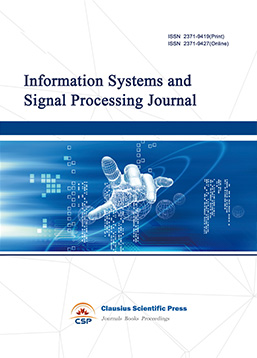
-
Intelligent Robots and Systems

-
Journal of Image, Video and Signals
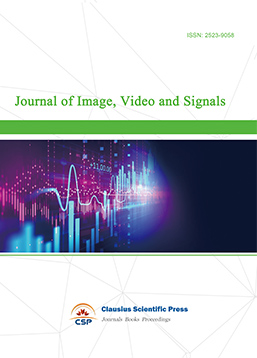
-
Transactions on Real-Time and Embedded Systems
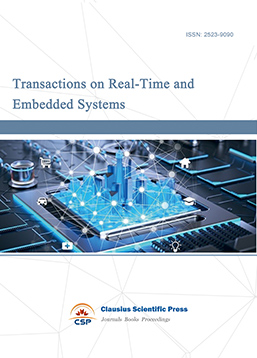
-
Journal of Electromagnetic Interference and Compatibility

-
Acoustics, Speech and Signal Processing
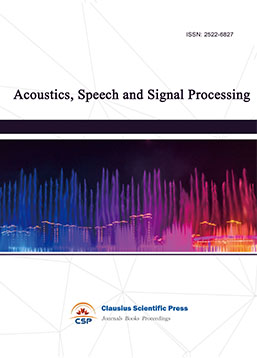
-
Journal of Power Electronics, Machines and Drives
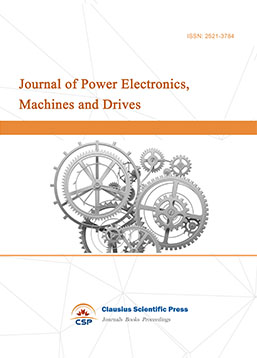
-
Journal of Electro Optics and Lasers
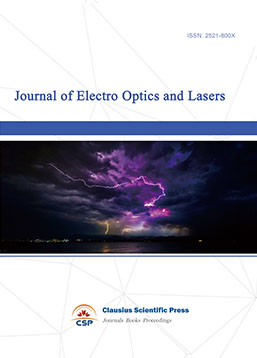
-
Journal of Integrated Circuits Design and Test
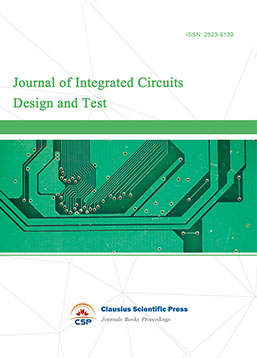
-
Journal of Ultrasonics
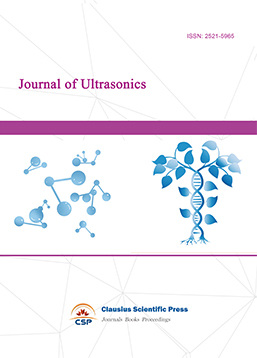
-
Antennas and Propagation
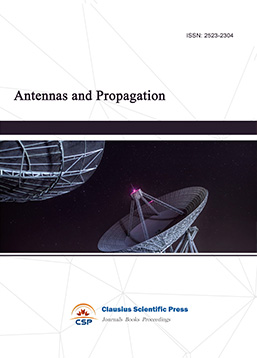
-
Optical Communications
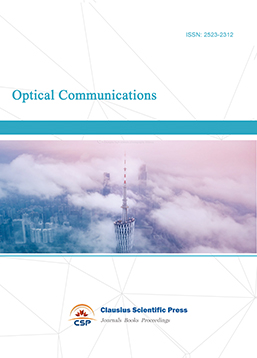
-
Solid-State Circuits and Systems-on-a-Chip
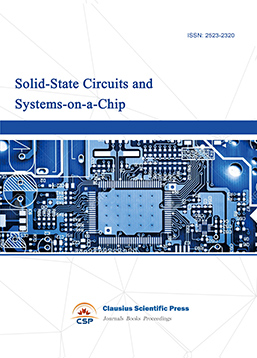
-
Field-Programmable Gate Arrays
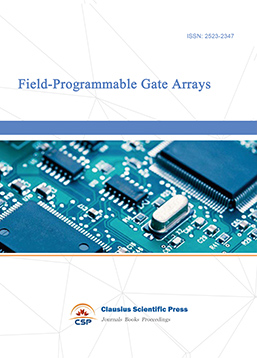
-
Vehicular Electronics and Safety

-
Optical Fiber Sensor and Communication

-
Journal of Low Power Electronics and Design

-
Infrared and Millimeter Wave

-
Detection Technology and Automation Equipment

-
Journal of Radio and Wireless
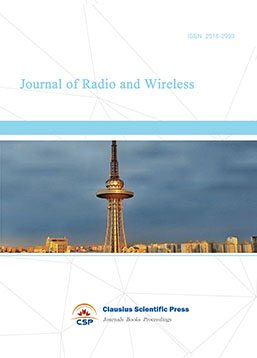
-
Journal of Microwave and Terahertz Engineering
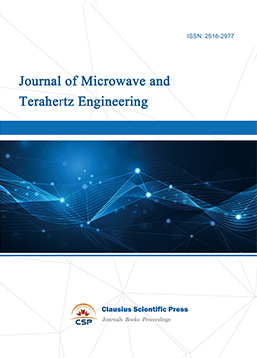
-
Journal of Communication, Control and Computing
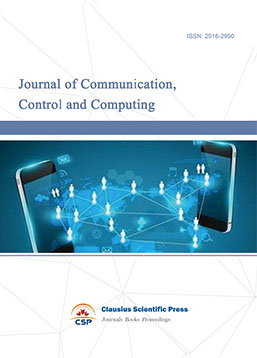
-
International Journal of Surveying and Mapping
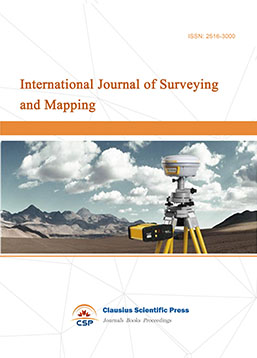
-
Information Retrieval, Systems and Services
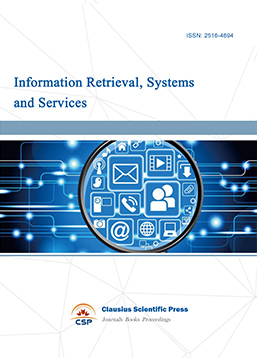
-
Journal of Biometrics, Identity and Security

-
Journal of Avionics, Radar and Sonar
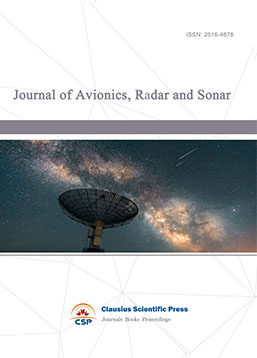

 Download as PDF
Download as PDF